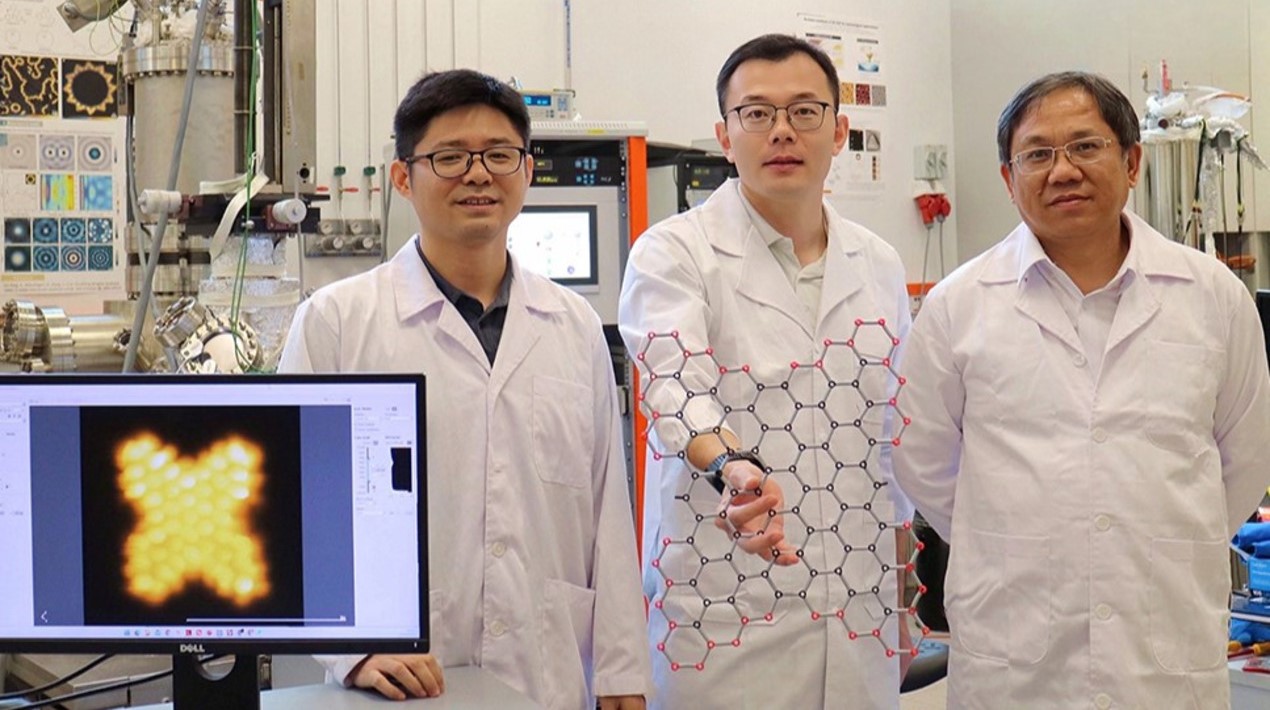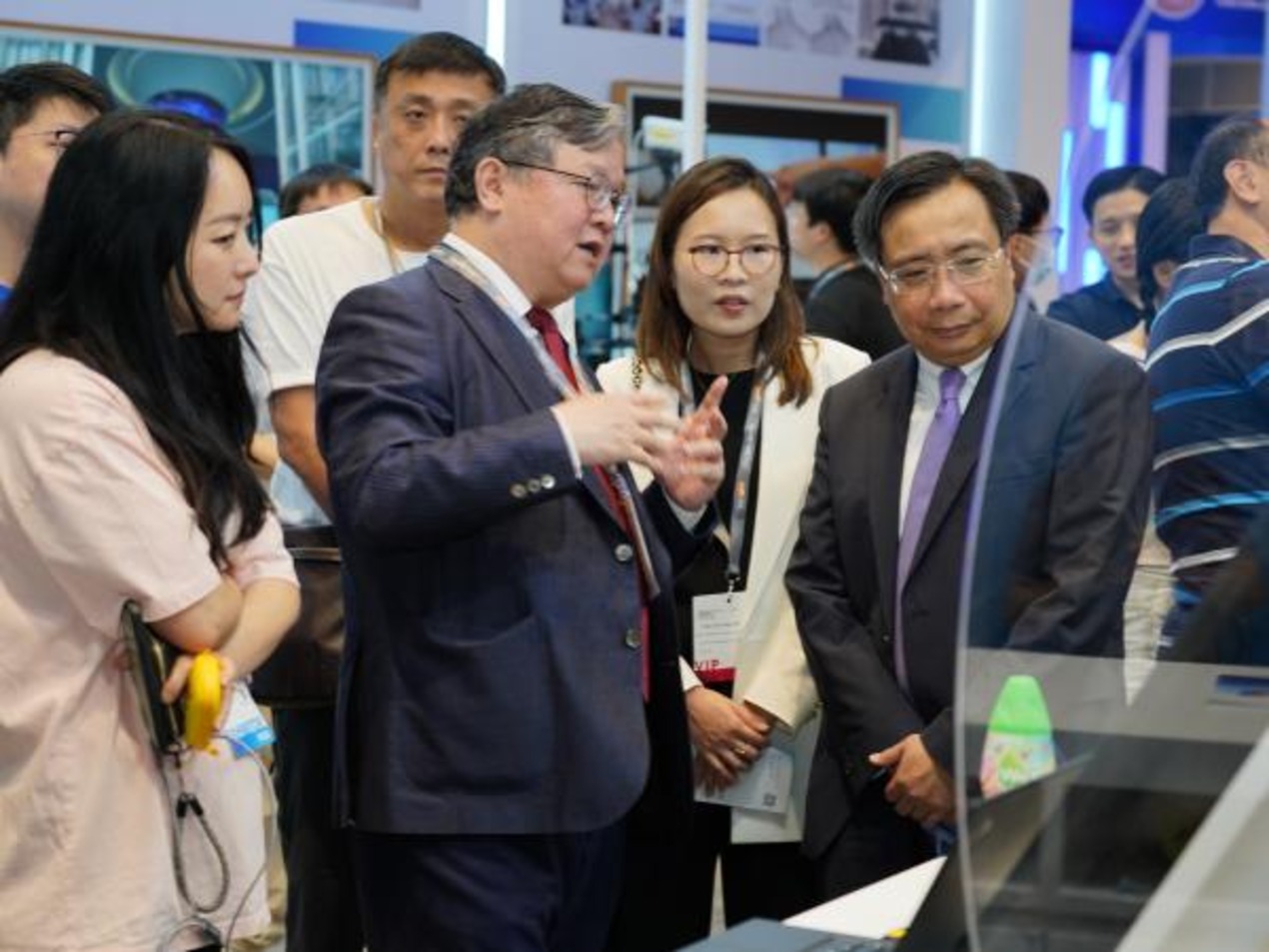
Technology has been bringing about massive changes in many industries over the last few years and has brought about much innovation and success. But industries that involve the human element have sparked much debate.
Healthcare tops the list, it can be argued that where a machine can perform a given task, sometimes more efficiently than a human being, it also lacks the unique human ability to understand and meet the needs of a patient. An algorithm may suggest a logical solution, but a human expert in their field understands when to take a different approach.
In a speech made by the Deputy Prime Minister and Minister of Finance Mr Heng Swee Keat at the Singapore Health Quality Service Awards on 13 January 2020, he spoke about leveraging technology so healthcare professionals can focus on the most important part of their role – patient care.
“Another key to keeping our healthcare system sustainable is to leverage technology, to free up time for healthcare professionals to focus on patient care” said Deputy Prime Minister and Minister of Finance Mr Heng Swee Keat.
He said that Research and development in healthcare is a key priority of the governments Research, Innovation and Enterprise 2020 plan. It is also a key focus under the Healthcare Industry Transformation Map.
He mentioned one such example at Changi General Hospital where HOSPI the robot helps to deliver items from room to room. This frees up time for staff to focus on more meaningful aspects of their job, especially interacting with patients.
The Minister emphasised that no matter how advanced medical technology gets, genuine care for patients will always remain a critical part of the healthcare system. Although acknowledging the importance of technology in making the healthcare system more efficient and effective, he emphasised “There is no substitute for the human touch.”
Technology Enhancing Patient Care
Technology today is helping provide patients with a better level of care by providing doctors with faster access to health records, allowing doctors to view medical images on any platform and ensuring data is integrated and stored securely meaning doctors can focus on the human element of providing care to the patient.
PureStorage is one company that offers such solutions to the Healthcare industry such as: Medical Imaging to be available in real-time on any device, faster access to health information to assist with critical clinical decision making, Next-Gen Electronic Health Records, Data platforms for integrated care.
Pure healthcare solutions aim to drive productivity, enabling organisations to more efficiently share and use their data – and to make faster, better decisions based on real-time, data-driven intelligence.
Solving Healthcare Challenges with Technology and Measuring Success
In a recent OpenGov interview with Dr Ngiam Kee Yuan, Group Chief Technology Officer of the National University Health System (NUHS) Singapore solving healthcare challenges with technology was discussed.
Dr Ngiam Kee Yuan said “There are many challenges that healthcare systems face, but they can broadly be broken down into pre-hospital, intra-hospital and post-hospital phases. Solutions to pre-hospital problems involve the use of AI chatbots and health coaches to engage healthy individuals. Intra-hospital solutions revolving around AI machines which assists clinicians in their work. Post-hospital solutions focus on tracking patients’ compliance with medication and appointments.”
Dr Ngiam stressed the importance of measuring the effect of technology on clinical services and to continually adapt to the needs of end-users. Success is measured on how well a technology addresses the problem, using metrics such as improvement in clinical quality against costs.
Success Lies in the Convergence Between Digital Health and True Human Interaction
There is no doubt that technology can enhance the doctor-patient relationship and the level of care the patient will receive but true healthcare technology success lies in the merging of digital health and true human interaction, bringing together minds and machines to sharpen knowledge and insight to improve the delivery of care for patients, practitioners and providers.



















